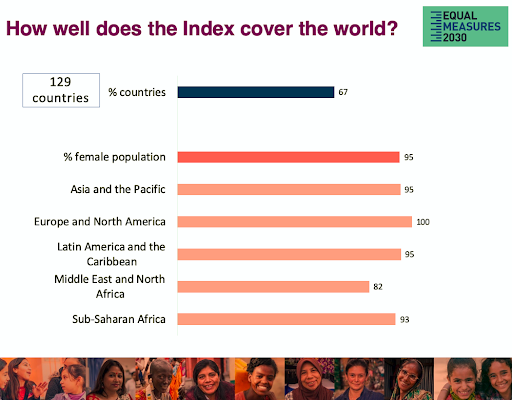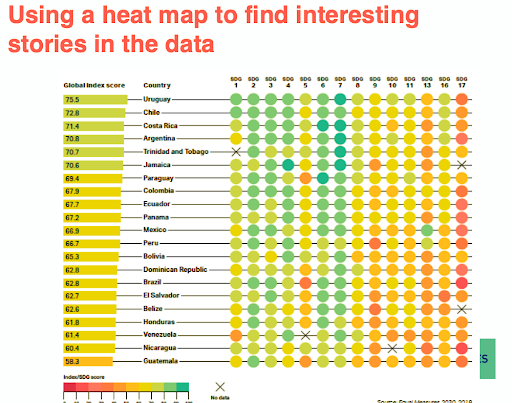In 2015, world leaders from around the world committed to achieve gender equality by 2030 for every girl and every woman when they signed on to the ambitious goals and targets of the Sustainable Development Goals (SDGs). Ranging from ending poverty to reducing inequality between countries, the majority of the 17 SDGs contain an element of gender equality within them.
To better understand gender equality around the world, Equal Measures 2030 (EM2030) released the Sustainable Development Goals Gender Index at the 2019 Women Deliver conference in Vancouver, Canada, which examines gender-related issues in the context of 14 out of the 17 SDGs. According to the index, 1.4 billion girls and women or 40 percent of girls and women in the world, live in countries that received a “very poor,” failing grade on gender equality.

EM2030 is a partnership between leading regional and global organizations from civil society and the private sector that is working to ensure that data and evidence are readily available to support the movement toward gender equity.
“We can no longer operate on presumptions and approximations. Gaps of inequalities must be marked, counted and recorded so that the trail of implementation is clear and decision makers are held to account,” said Memory Kachambwa, Executive Director of the African Women’s Development and Communication Network (FEMNET). “The SDG Gender Index will help to ensure that Africa's girls and women are counted and accounted for.”
The index gives each country an overall score out of 100, but also breaks down the number to evaluate gender equality in regards to each SDG individually. Overall, the world is furthest behind on gender equality issues related to public finance and data (SDG 17), climate change (SDG 13), industry and innovation (SDG 9) and the standalone gender equality goal (SDG 5).
In terms of overall scores, Denmark tops the index, followed closely by Finland, Sweden, Norway and the Netherlands. The countries with the lowest scores in the index — Niger, Yemen, Congo, Democratic Republic of Congo and Chad — have all faced conflict and fragility in recent years.
“The new SDG Gender Index is a very rich database of information, and I think by using the interface online, journalists are able to find information very quickly and diagnose possible areas for stories very quickly,” said Albert Motivans, Equal Measures 2030’s head of data and insights, in an interview.
Data is critical for journalists, both for supporting interviews and identifying stories. However, reliable data on gender equality is not always easy for journalists to secure.
Anastasia Em, Uzbekistanian-based editor of the online news platform Spot, said it is very hard for journalists to access data on gender equality.
“What we do as journalists is sometimes we use official data, sometimes we use international organization data, like the World Bank and the private sector,” said Em. “But companies in Uzbekistan don't share their data with journalists.”
Motivans explained that he and his colleagues considered this when designing the index. They wanted to make it as user-friendly as possible for journalists. “We used the ‘stoplight’ approach, which means green, yellow and red. Green means the country is doing very well in a specific issue and red means they are not doing very well,” he said. “You can quickly see where the green lights are and the red lights are, to help journalists identify where there might be a story to tell.”

Retired statistics professor, former academic adviser and More or Less BBC Radio 4 commentator Kevin McConway, warned that simply gaining access to data isn’t enough. Journalists also need to be trained on how to use the numbers.
He pointed out that the areas where journalists make the most mistakes are misusing big numbers, such as the total figure for a country or region. It’s better, he added, to express it per capita. Journalists also often struggle to understand chance variability, ignore sampling bias in writing about surveys or report the worst case when the data shows variation.
“Journalists can guard against this by developing a suitable skeptical attitude,” he said, “and don't let [their] enthusiasm get in the way of a balanced story.”
Additional resources: gender data portals, guides and indexes
- UN-Women
- UN Gender statistics
- World Bank portal
- Data 2x
- SDGs guide to data and custodians
- Equal Measures 2030 data hub
- Gender Inequality Index
- World Economic Forum
- SIGI
- Women, Peace and Security
Main image shows the 2019 SDG Gender Index scores and rankings from EM2030.

